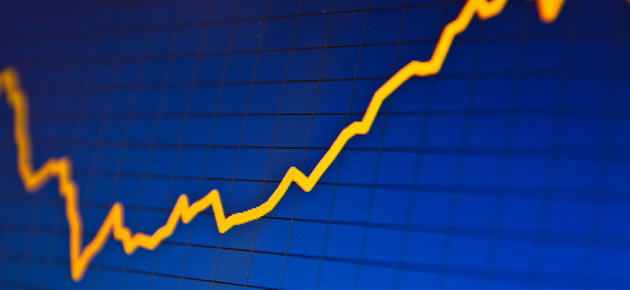The Euro to US Dollar (EUR/USD) exchange rate managed to recover ground this week, as weaker-than-forecast economic data out of the USA increased speculation that the Federal Reserve will choose to delay hiking interest rates until the end of the year.
The Euro to US Dollar Exchange Rate Touched a Weekly High of 1.0839
Due to a lack of market moving economic data releases on Monday, the EUR/USD got the week off to a rather muted start.
The currency pair experienced movement on Tuesday as a report published by Eurostat showed that industrial production across the single currency bloc increased by 1.6% on a year-on-year basis and expanded by 0.8% month-on-month. The Euro found more support after the International Monetary Fund (IMF) raised its growth forecasts for the Eurozone in 2015 from 1.2% to 1.5%. The IMF said that it believes that a weaker Euro and falling oil prices will help boost economic growth in the region.
As the session progressed, the Euro made further gains against the ‘Greenback’ as retails sales data released in the world’s largest economy came in below market expectations. On a monthly basis, sales rose by 0.9% in March, missing economist expectations for a rise of 1%. On a year on year basis, sales increased by 1.3%, missing expectations for a rise of 1.6%. Following the poor data the Euro jumped by more than 1%.
On Wednesday, the Euro dipped lower against the US Dollar after the European Central Bank chose to leave interest rates at the record low level of 0.05% the single currency then pared losses after ECB President Mario Draghi said that the bank expects to fully implement its €1 trillion quantitative easing programme.
‘Our focus will be on the full implementation of our policy measures. There is clear evidence that the policy measures are effective and added that borrowing conditions for firms and households have improved notably,’ said Draghi at his press conference.
On Thursday the Euro moved higher, as the ‘Greenback’ remained under pressure from data released by the Washington based Labour Department, which showed that the number of Americans filing for unemployment benefits increased by 12,000. The rise was larger than the 2,000 increase expected by economists.
On Friday, the Euro remained supported as revised data showed that Eurozone consumer price inflation rose by 1.1% last month. Core CPI, which excludes food, energy, alcohol, and tobacco costs rose 1.4% in February, up from an initial estimate of 0.6%.
The ‘Greenback’ meanwhile eased its losses due to a strong US consumer sentiment report. The University of Michigan said its consumer sentiment index rose to 95.9 this month from 93.0 in March, beating expectations for a reading of 94.0.
Looking ahead to next week the movement of the currency pair’s movement will all depend on concerns over Greece and US data releases. Disappointing data out of the USA will likely increase the speculation that the Federal Reserve will delay hiking interest rates and in turn weigh on the ‘Greenback’.
Flash Eurozone consumer confidence data is released midweek and is expected to show a slight improvement. The index is expected to come in at -2.5, an improvement on the previous figure of -3.7.
Italian data on Wednesday could also influence the exchange rate. Industrial and retail sales data will be published.
On Thursday, German GFK Consumer Confidence data could offer support to the Euro. Economists are expecting confidence to have risen from 10.0 to 10.2.



